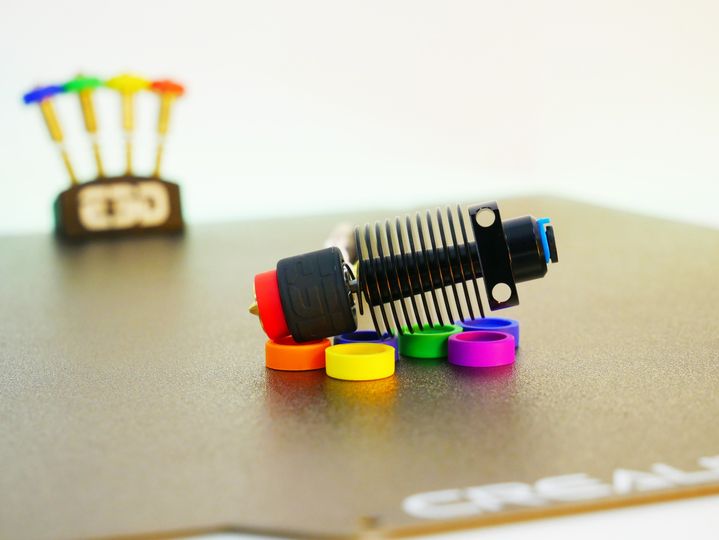A 3D printer hotend is a device that melts and extrudes plastic filament in a precise manner, allowing for the creation of 3D-printed objects.
- Basic design and function of a 3D printer hotend
A typical 3D printer hotend is made up of several parts: a heating element, a thermal sensor, a melt chamber, and a nozzle. The heating element, usually made of ceramic or metal, is responsible for raising the temperature of the filament to its melting point. The thermal sensor, typically a thermistor or thermocouple, measures the temperature of the heating element and sends this information to the printer's controller. The melt chamber, located just above the heating element, is where the filament is heated and melted. The nozzle, located at the bottom of the melt chamber, is where the melted filament is extruded.
- Types of 3D printer hotends
There are several different types of 3D printer hotends, each with their own advantages and disadvantages. The most common types include:
-
Direct drive hotends: These hotends have the motor that drives the filament directly connected to the hotend itself. They are capable of printing at high speeds and with flexible filaments, but are generally more expensive and have a shorter lifespan.
-
Bowden hotends: These hotends have the motor that drives the filament located outside of the hotend. They are less expensive than direct drive hotends, but are not as good at printing flexible filaments and are not capable of printing at as high of speeds.
-
All-metal hotends: These hotends are made entirely of metal, and are typically more durable than other types of hotends. However, they can be more expensive and have a longer heat-up time.
- Maintenance and Upkeep of 3D printer Hotend
To ensure that your 3D printer hotend is working properly and to prolong its lifespan, regular maintenance and upkeep is necessary. This may include cleaning the nozzle, replacing the thermal sensor, or replacing the heating element. Additionally, it is important to make sure that the printer is kept in a clean and dust-free environment to prevent debris from getting into the hotend.
In addition, it is important to note that overuse or excess heat usage might cause the hotend to become clogged. It is also important to choose right filament and the right setting when printing to avoid jamming the nozzle and other issues.
Overall, the 3D printer hotend is a crucial component of the 3D printing process, and understanding its basic design, types, and maintenance can help you get the most out of your 3D printer.

